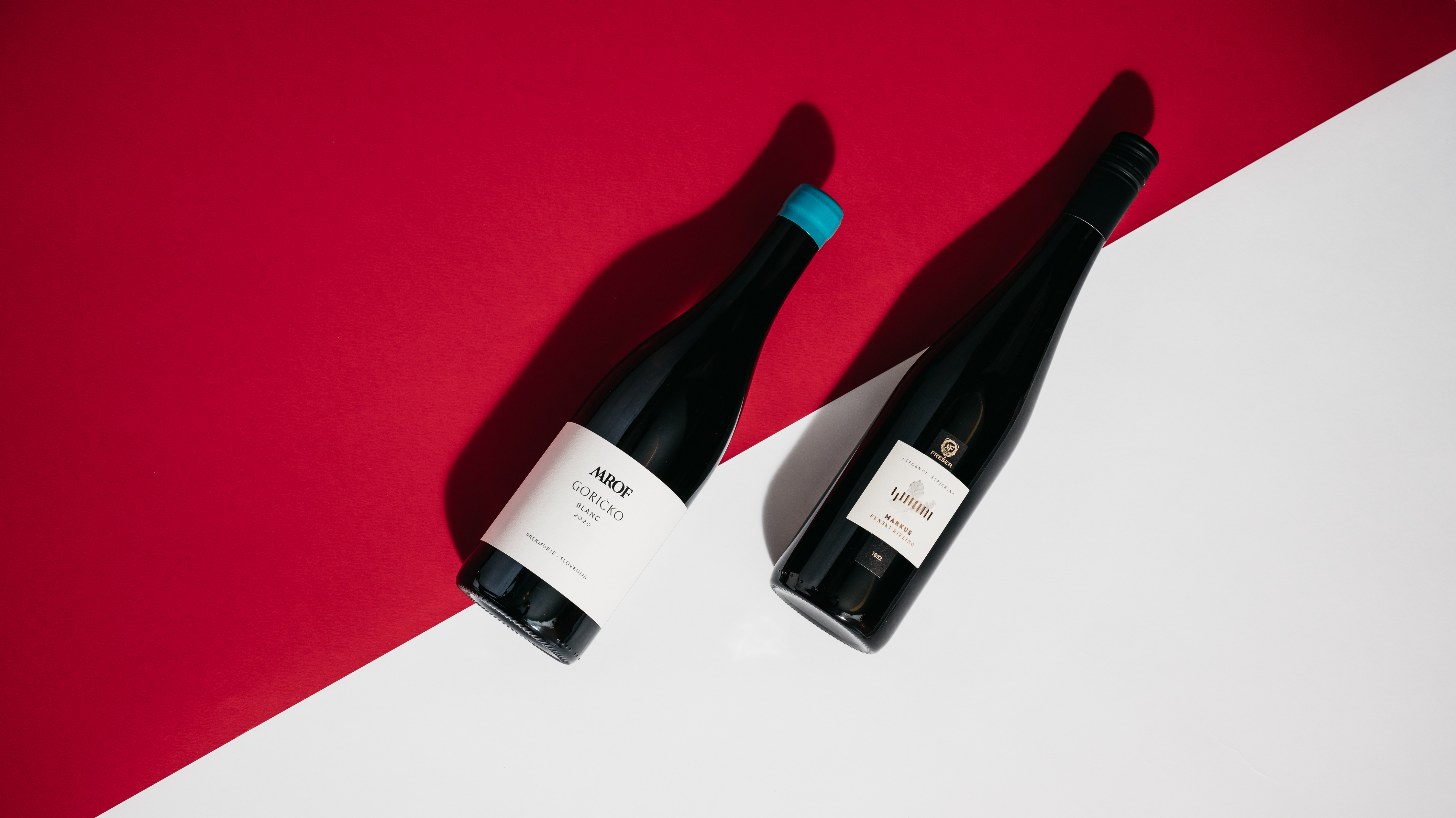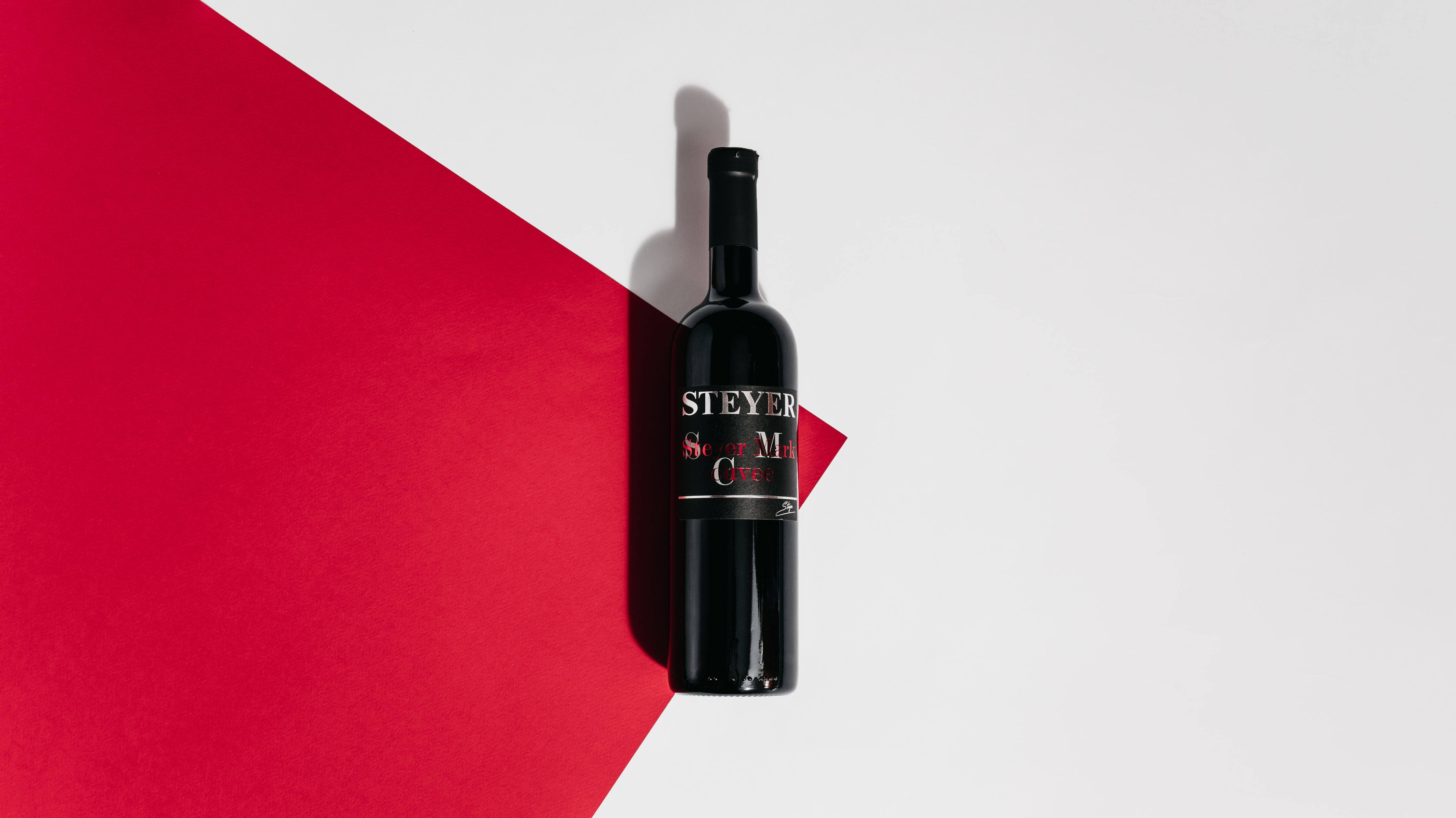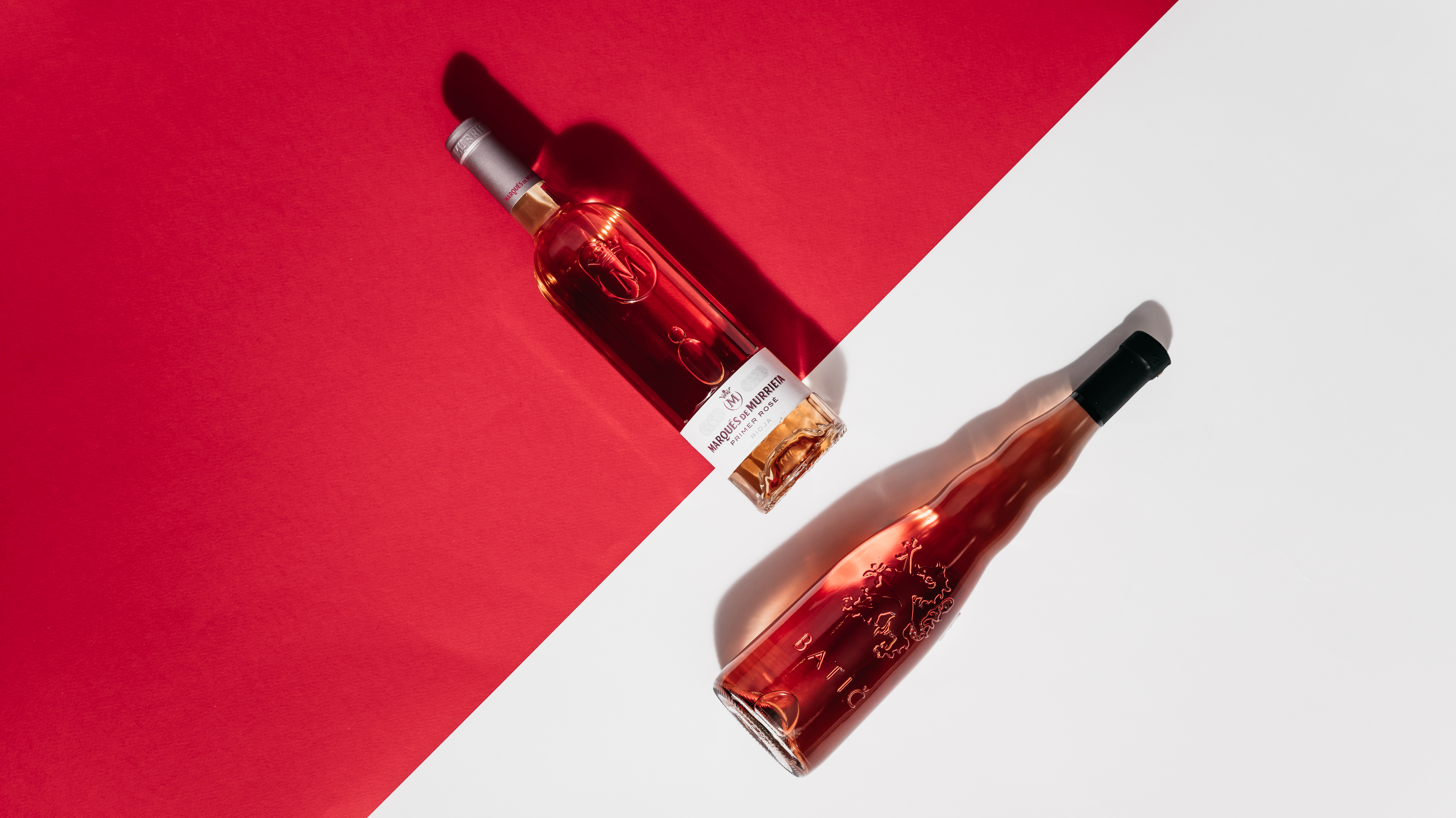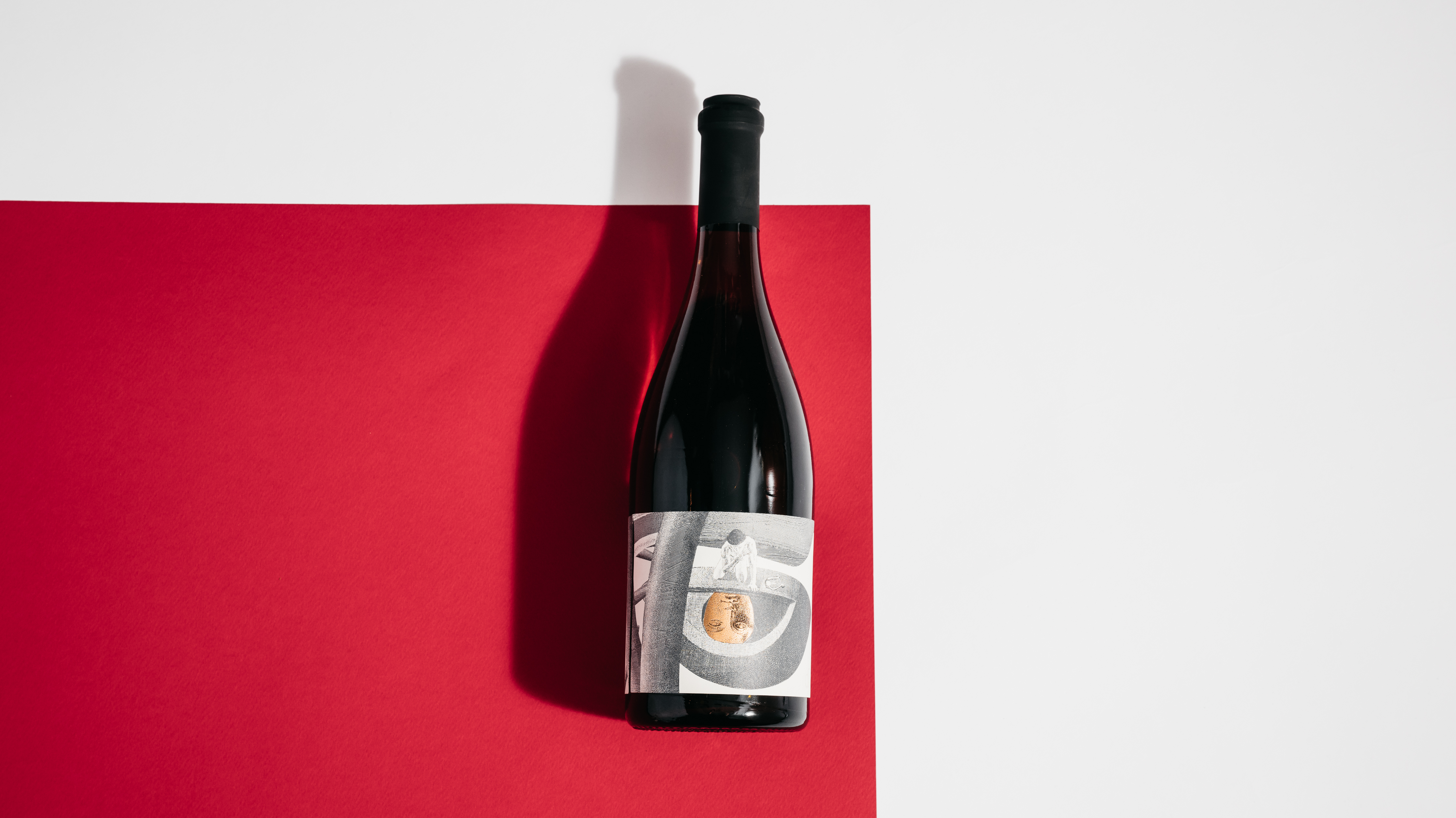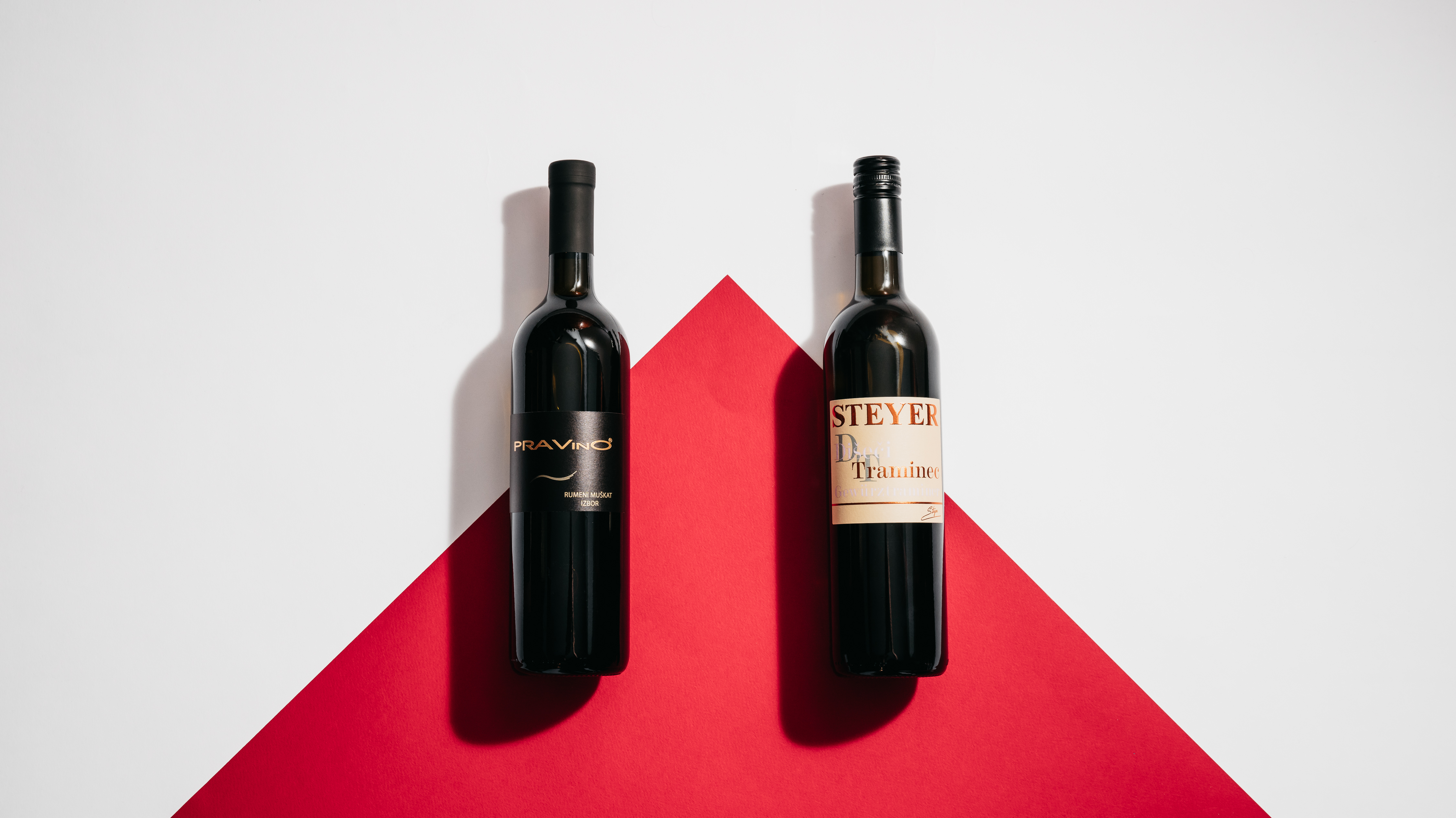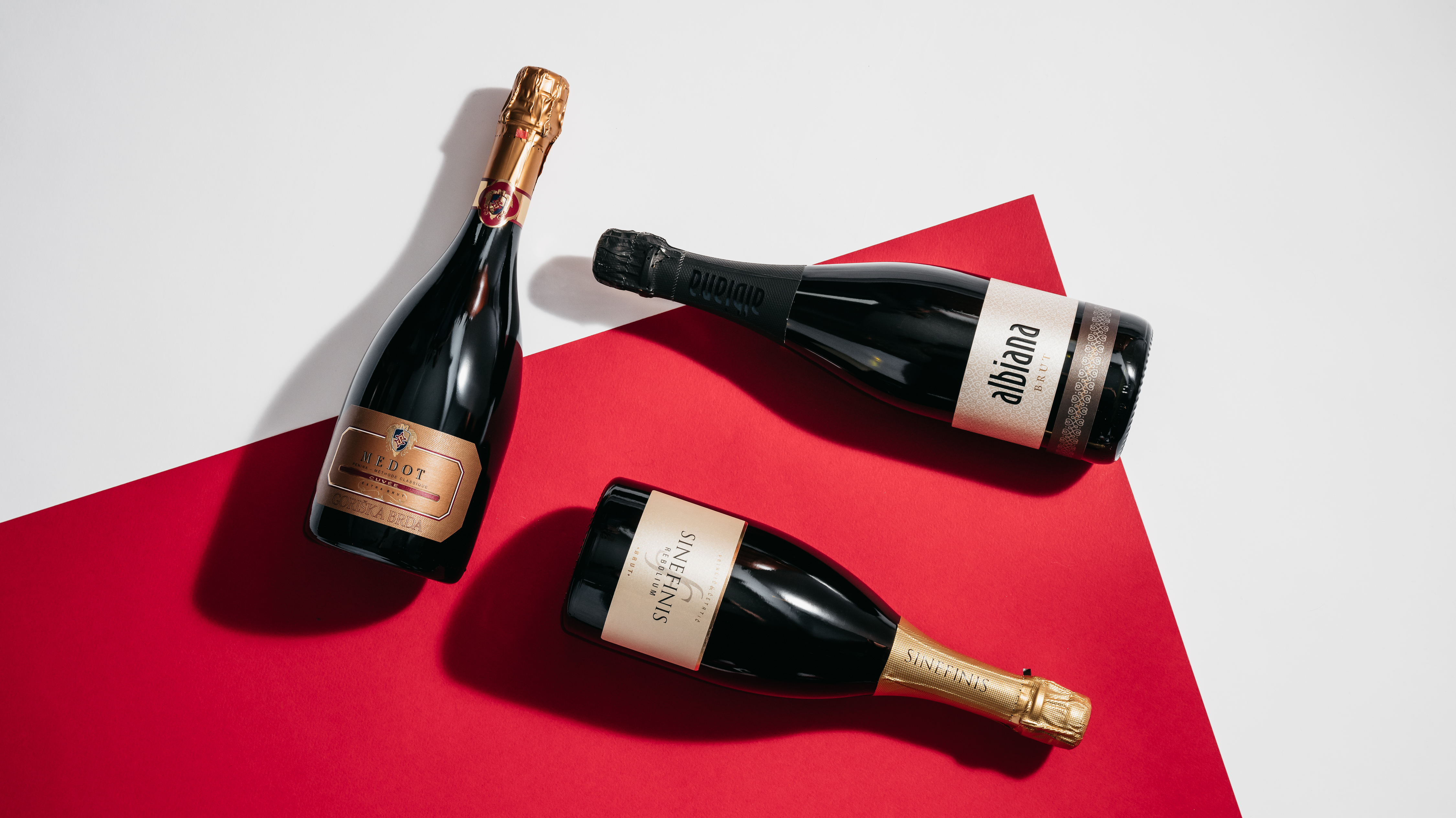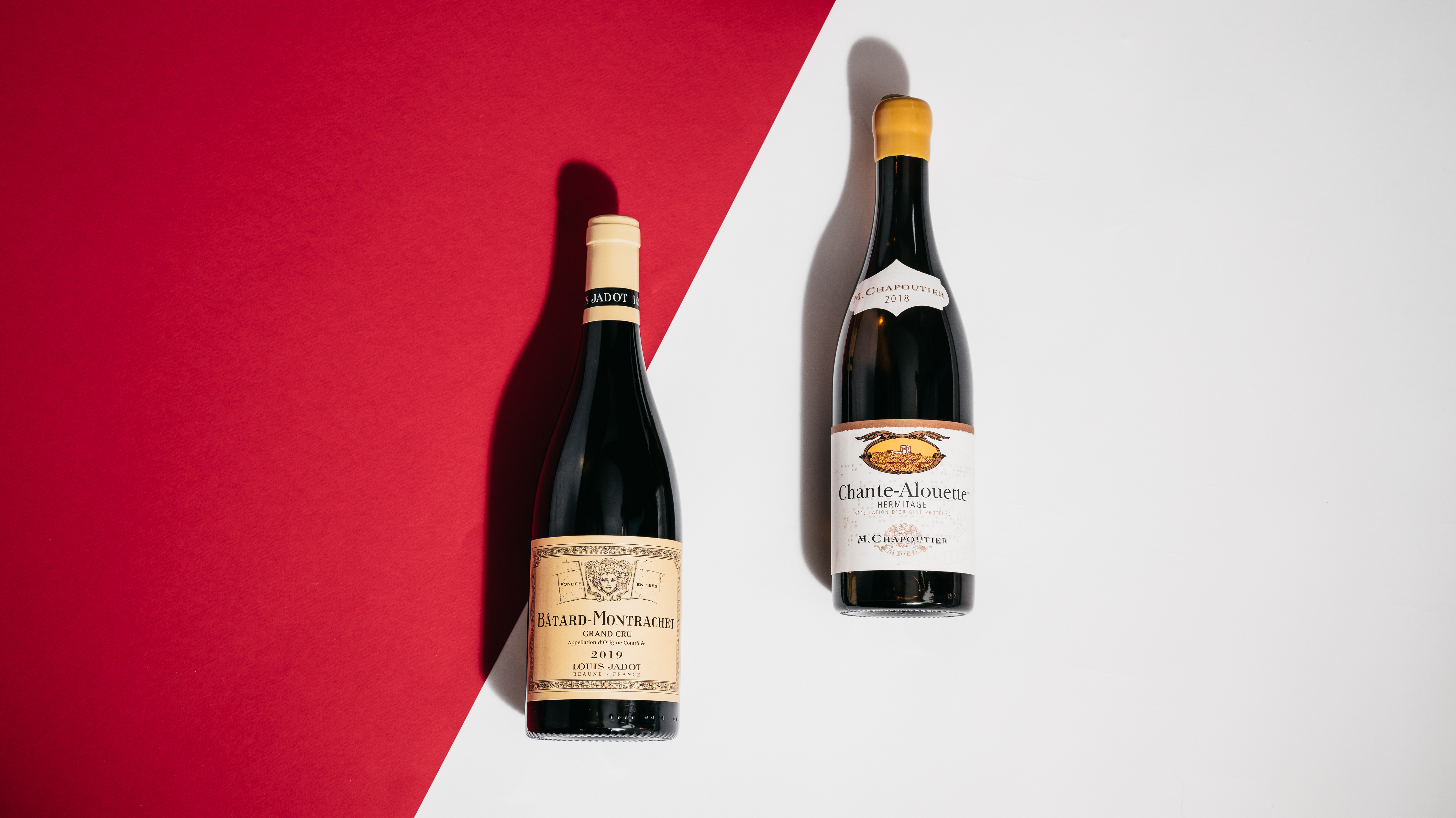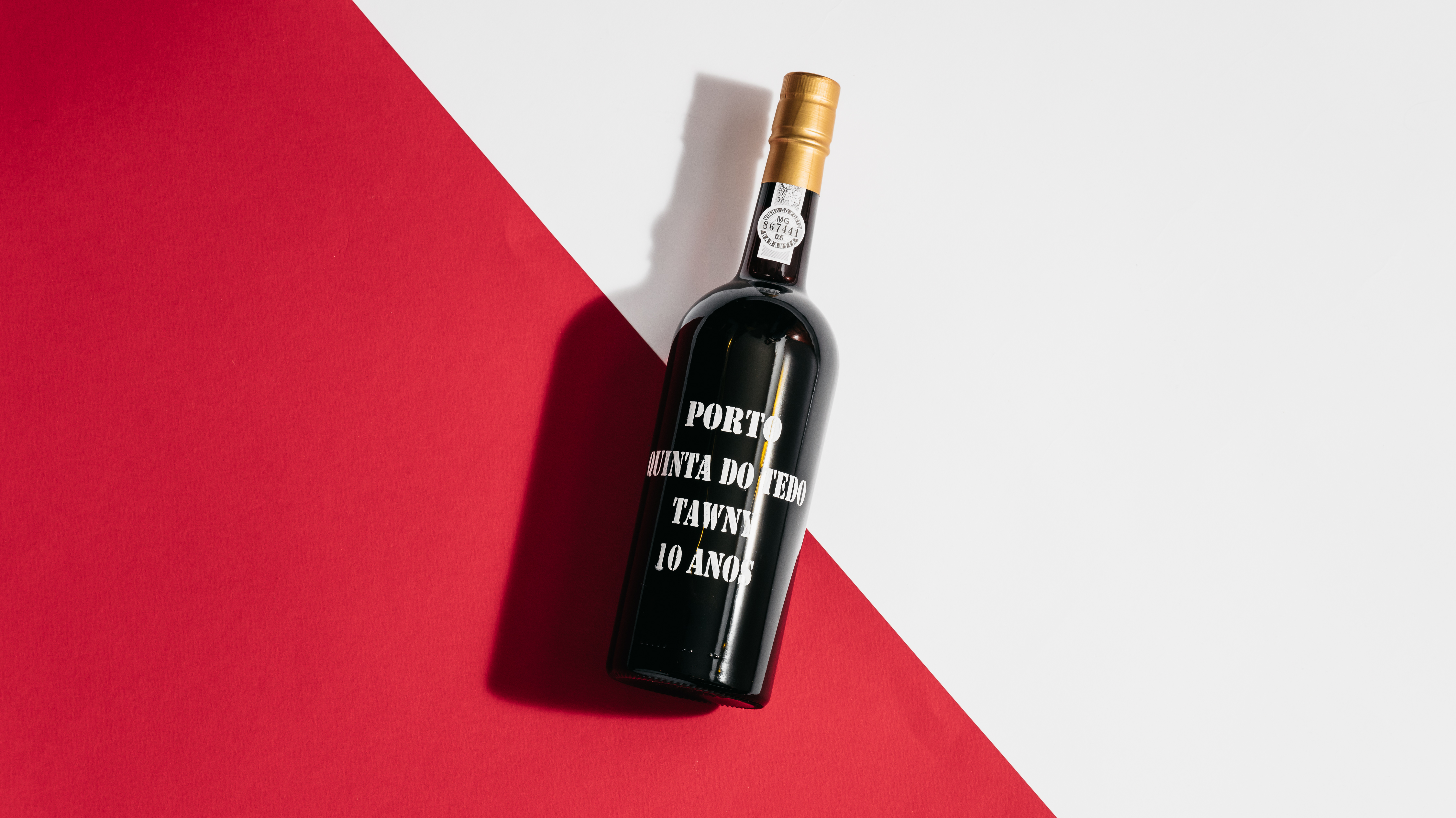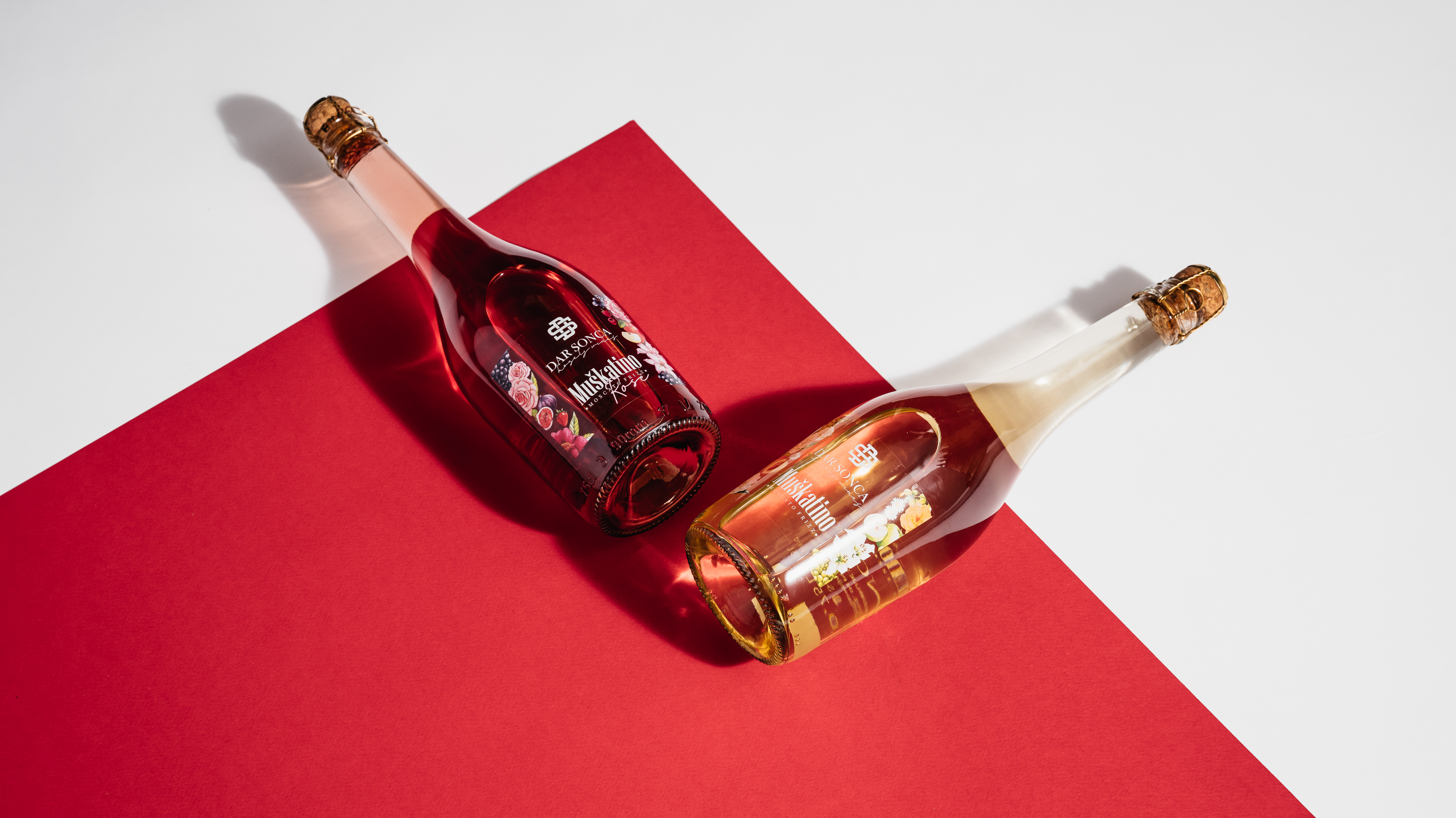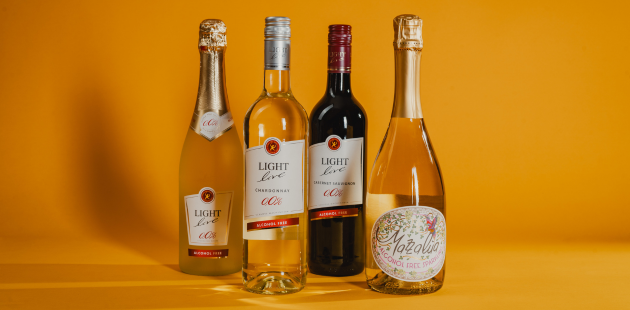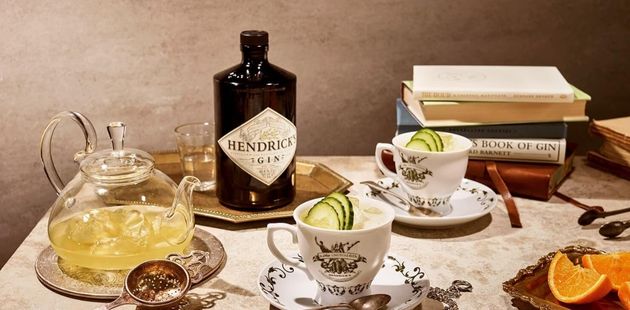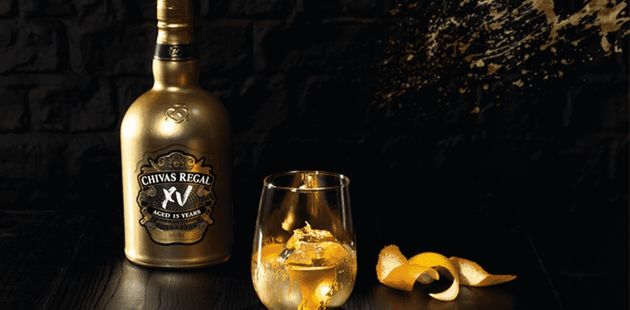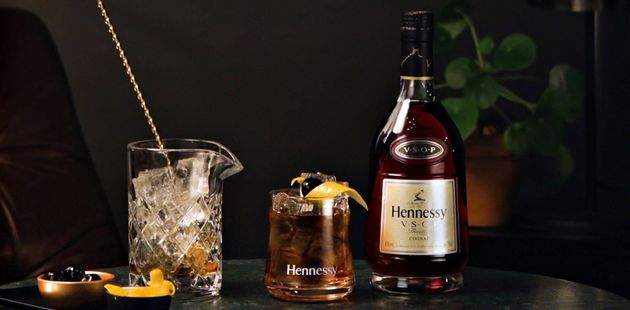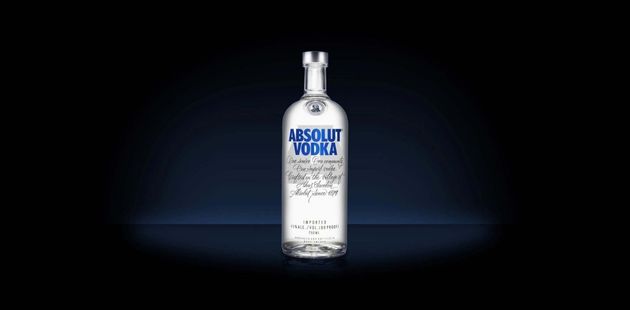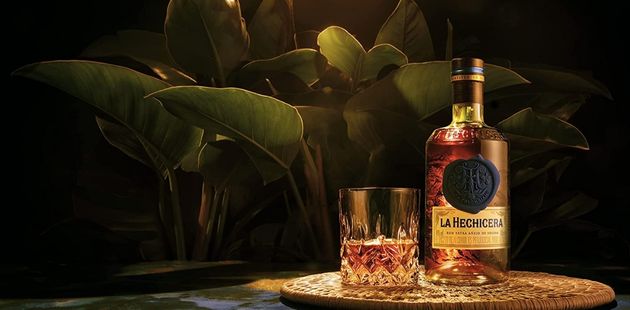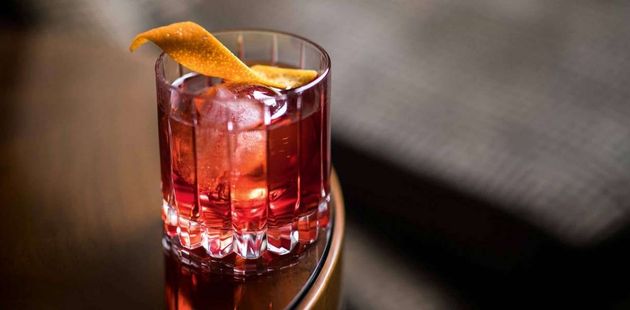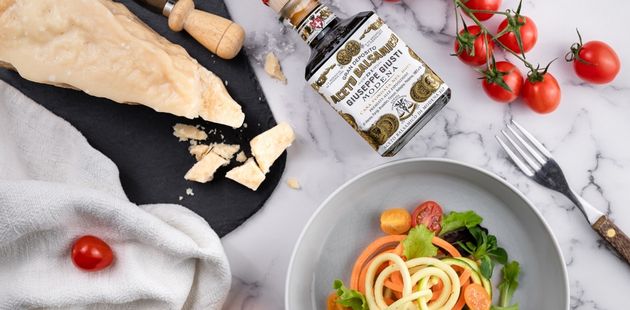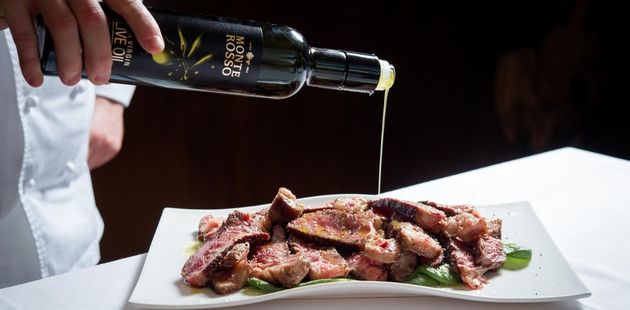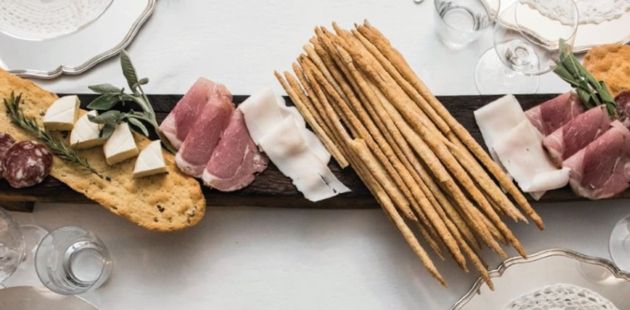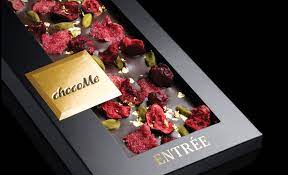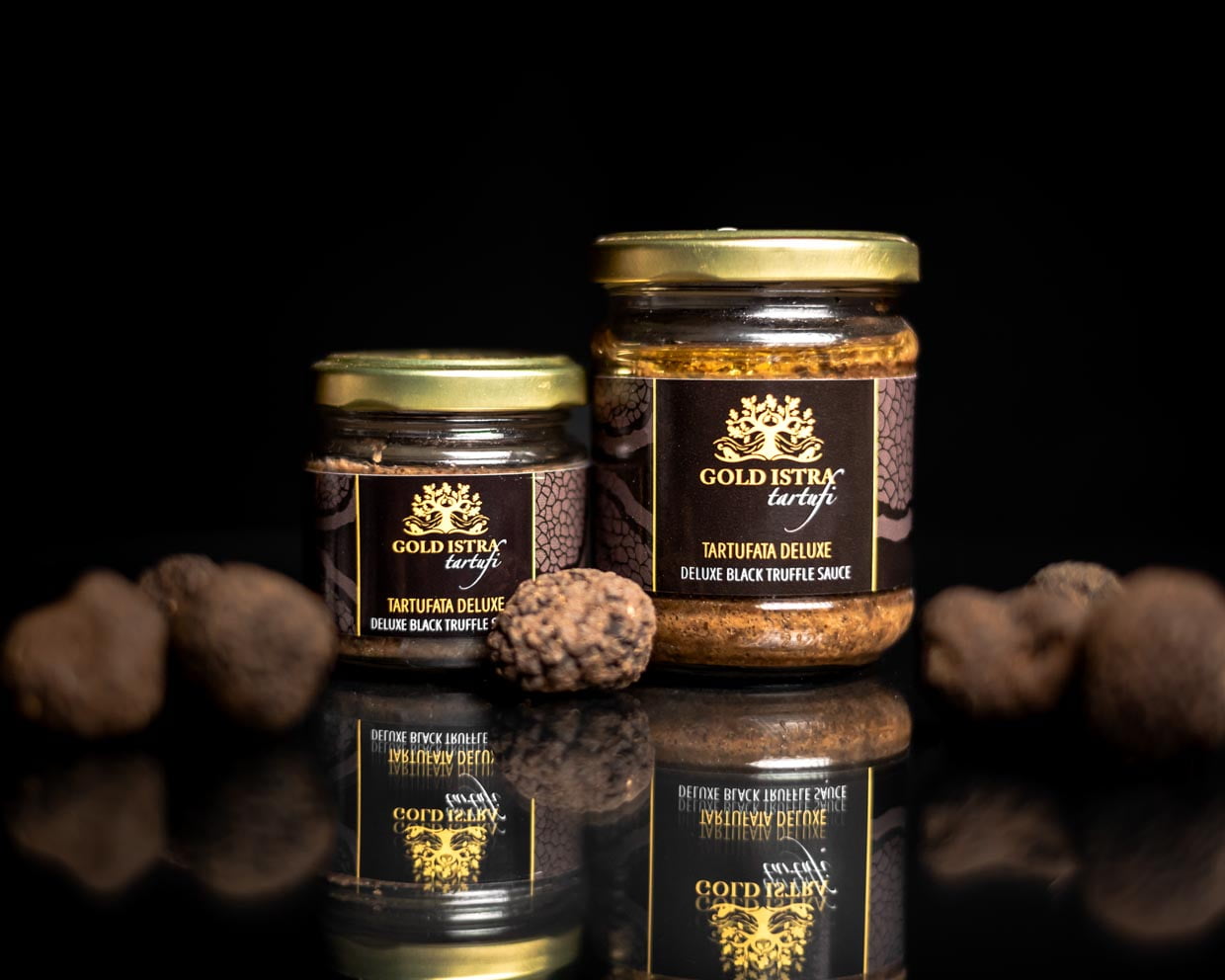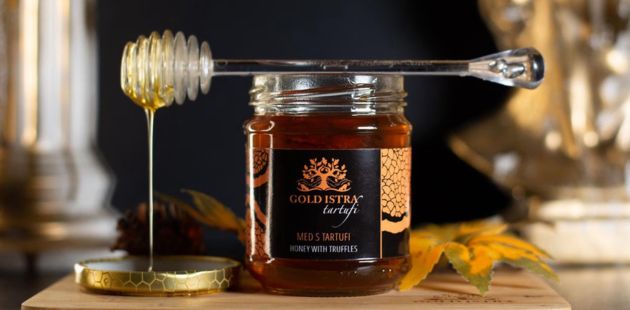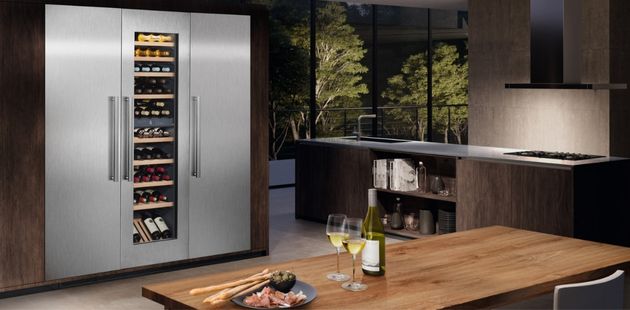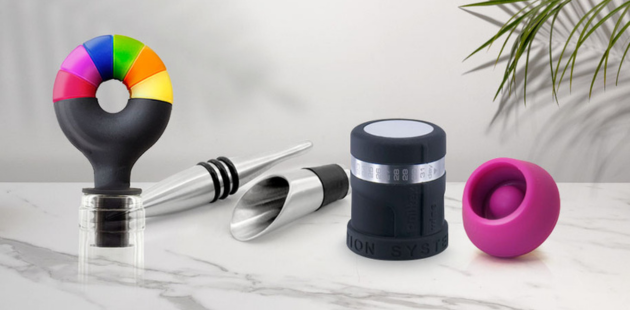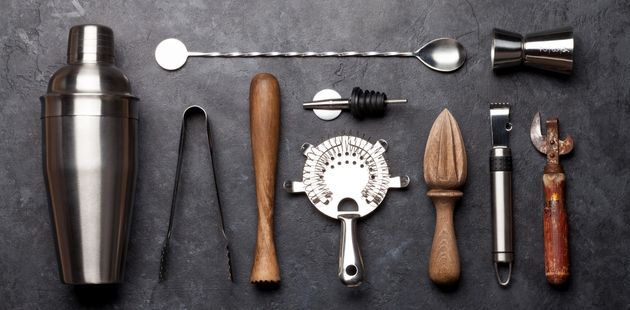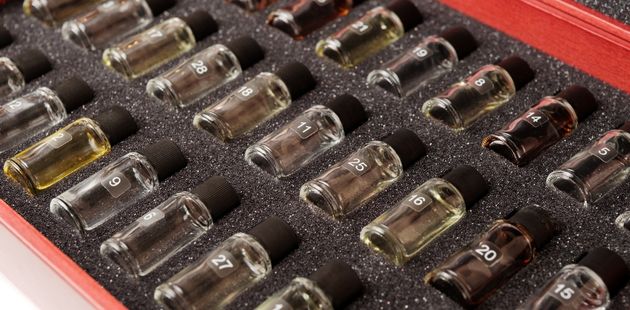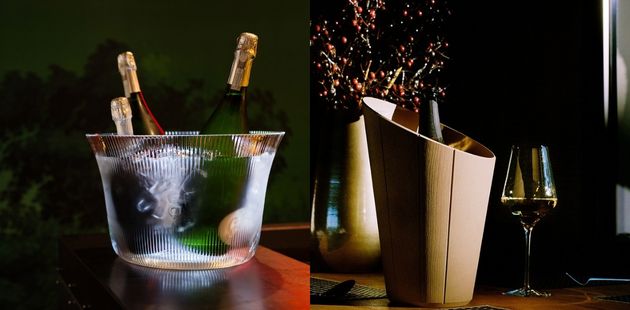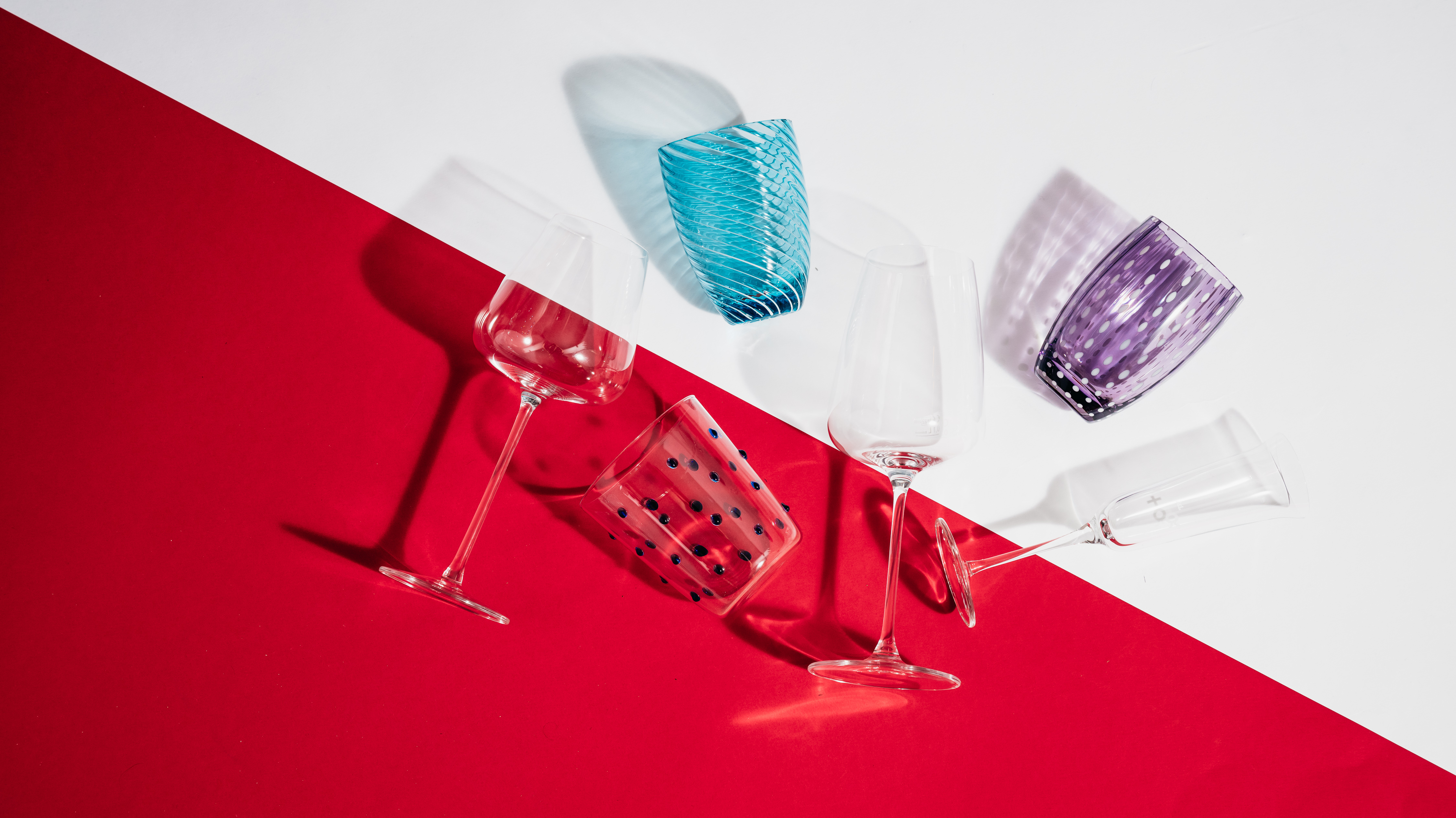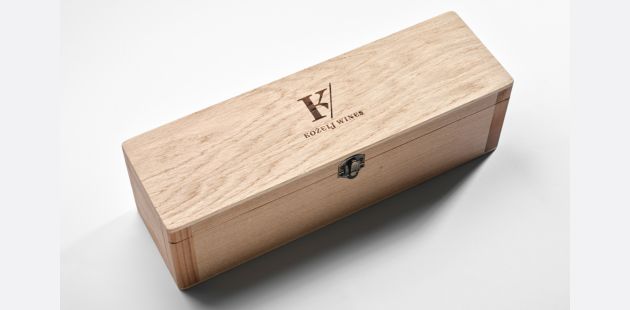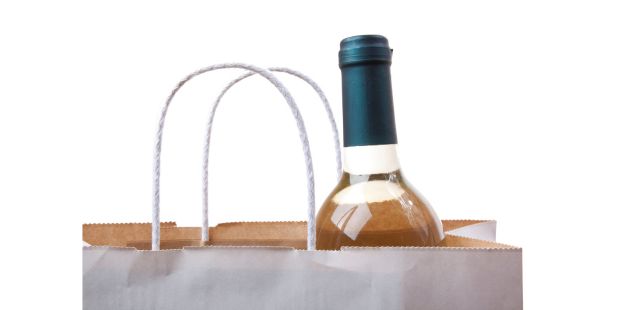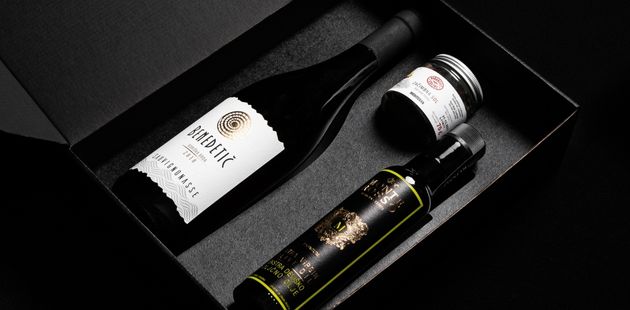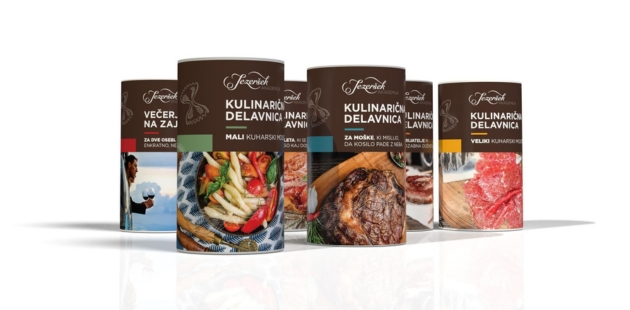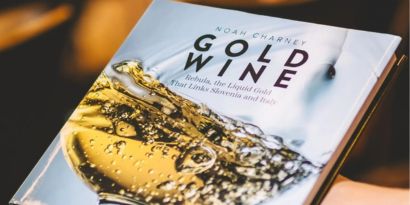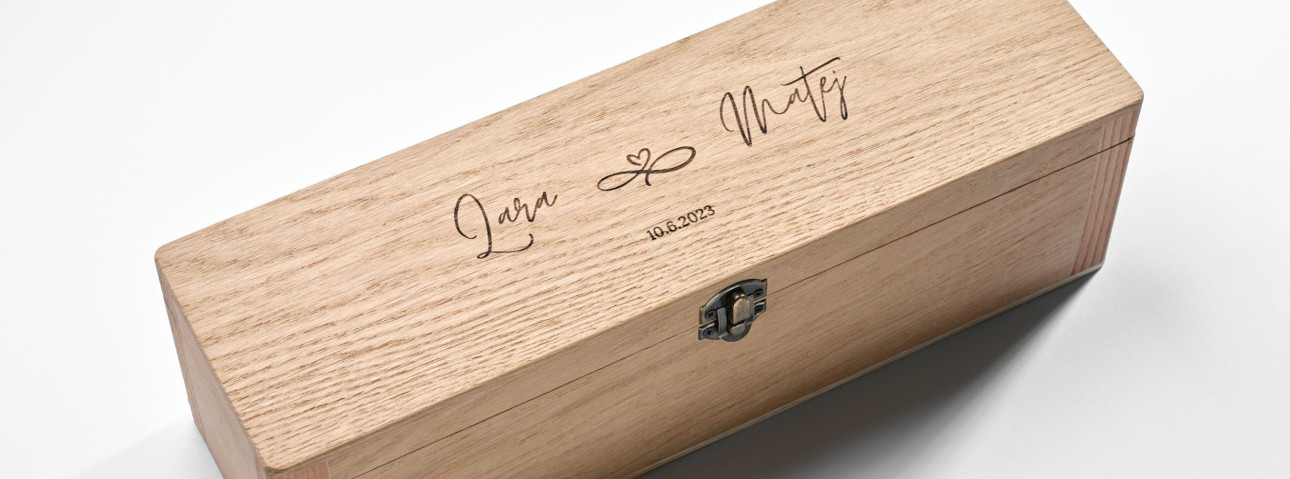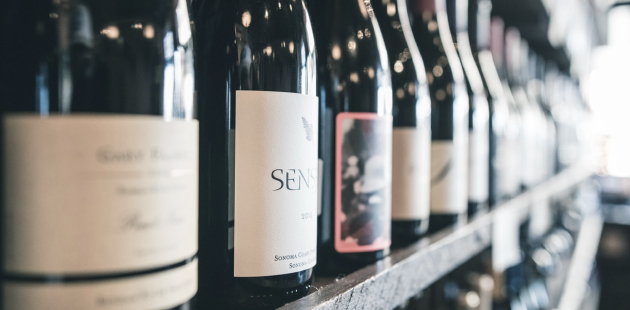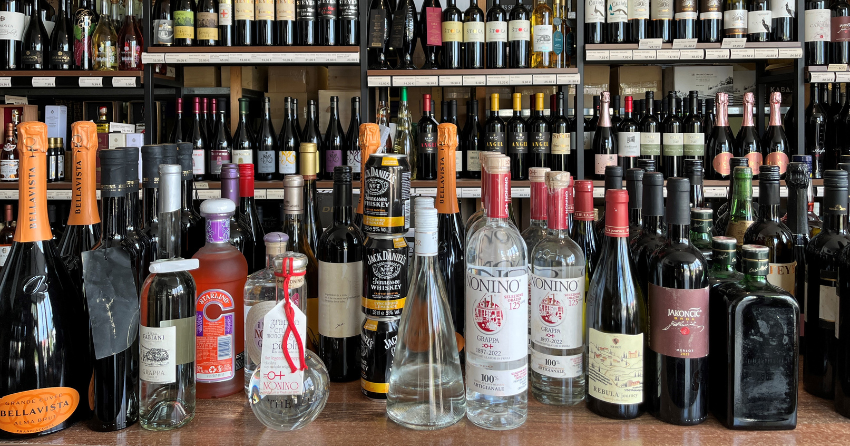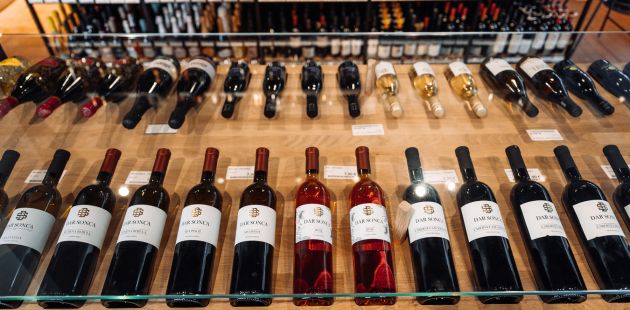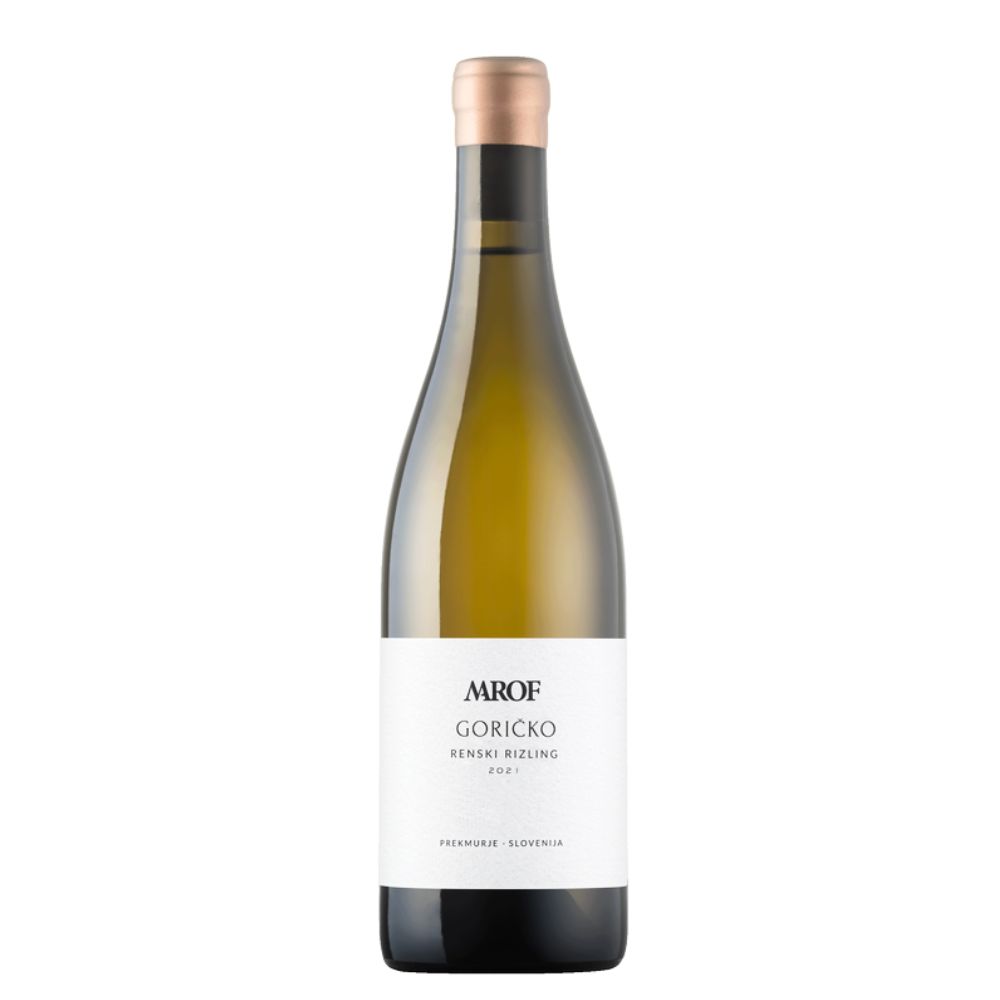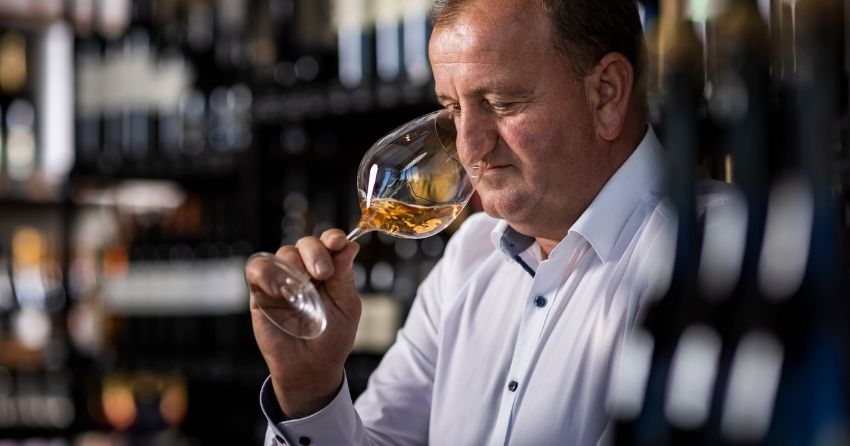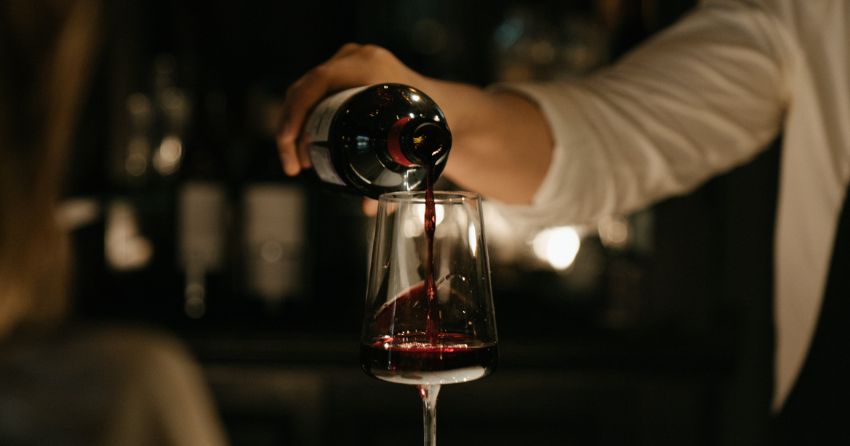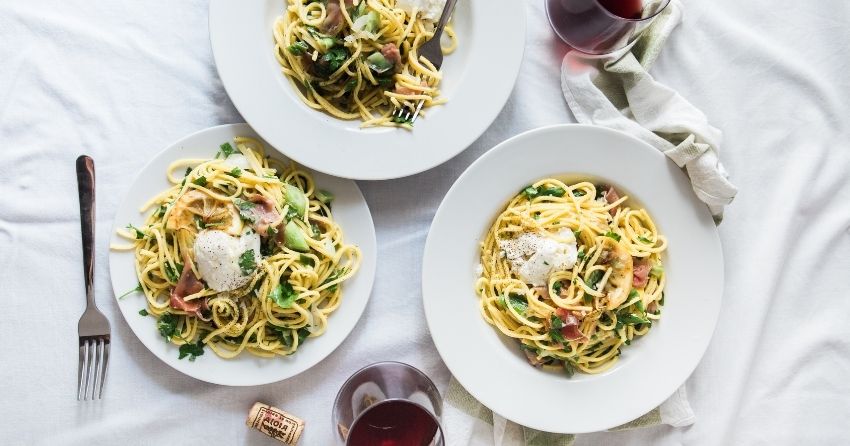A wine cellar at home
20. april 2025
Wines that will increase in quality over time should be kept in a wine cellar.
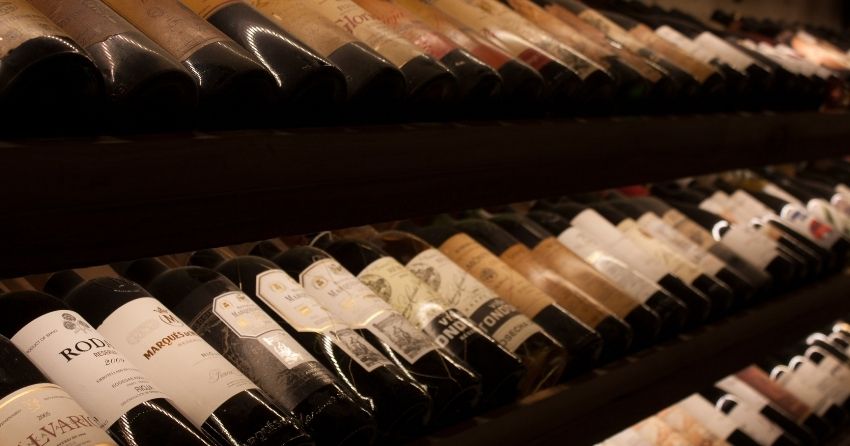
A few tips on choosing wines for keeping in your home wine cellar
Only wines that will increase in quality over time should be kept in a wine cellar. However, there is no general rule as to when wine reaches its peak. Wines that come to the market shortly after the harvest and are sold as “young” are best drunk as soon as possible – definitely before next spring. Sparkling wines and non-vintage Champagnes are optimal for drinking when they enter the market – they do not improve significantly by lying in the cellar. The wines that they start selling several years after the harvest year have a different purpose and mostly deserve another year or more of “beauty sleep” in the cellar. Some red Burgundies or vintage Champagnes of good vintage and noble origin are worth the wait of at least 10 years (preferably 15), top Rhine Rieslings from Germany can be matured for up to 20 years because of their high acidity, and special sweet wines (Sauternes, vintage Ports, Madeira wines) have almost unlimited life. How many years is enough is up to you. It is best to buy a case of six (or even a dozen) bottles of your favourite wine and monitor its development by opening one bottle each year – in this way you will not miss the wine’s peak. The golden rule in wine ageing is that it is better to drink it at a year too young than at a year too old.
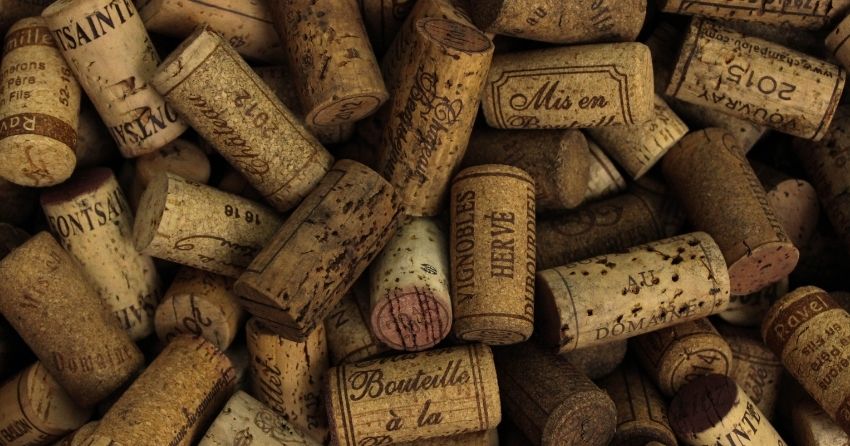
Finally, I would like to make a proposal. Make your own Slovenian wine team. Rebula, Pinella, Klarnica, Furmint, Ranina, Zelen, Refosco, Teran … as well as traditional cuvées of individual Slovenian wine-growing areas. Systematically get to know all the good we have here at home, and do not forget about foreign wines. Regular tasting of domestic and foreign samples will give you valuable experience. By tasting wines of different styles and origins you will come to know your own preferences. Once you know what about a certain wine you like, and why, you will – at least by my criteria – be a wine connoisseur.
Author: Leon Beton

